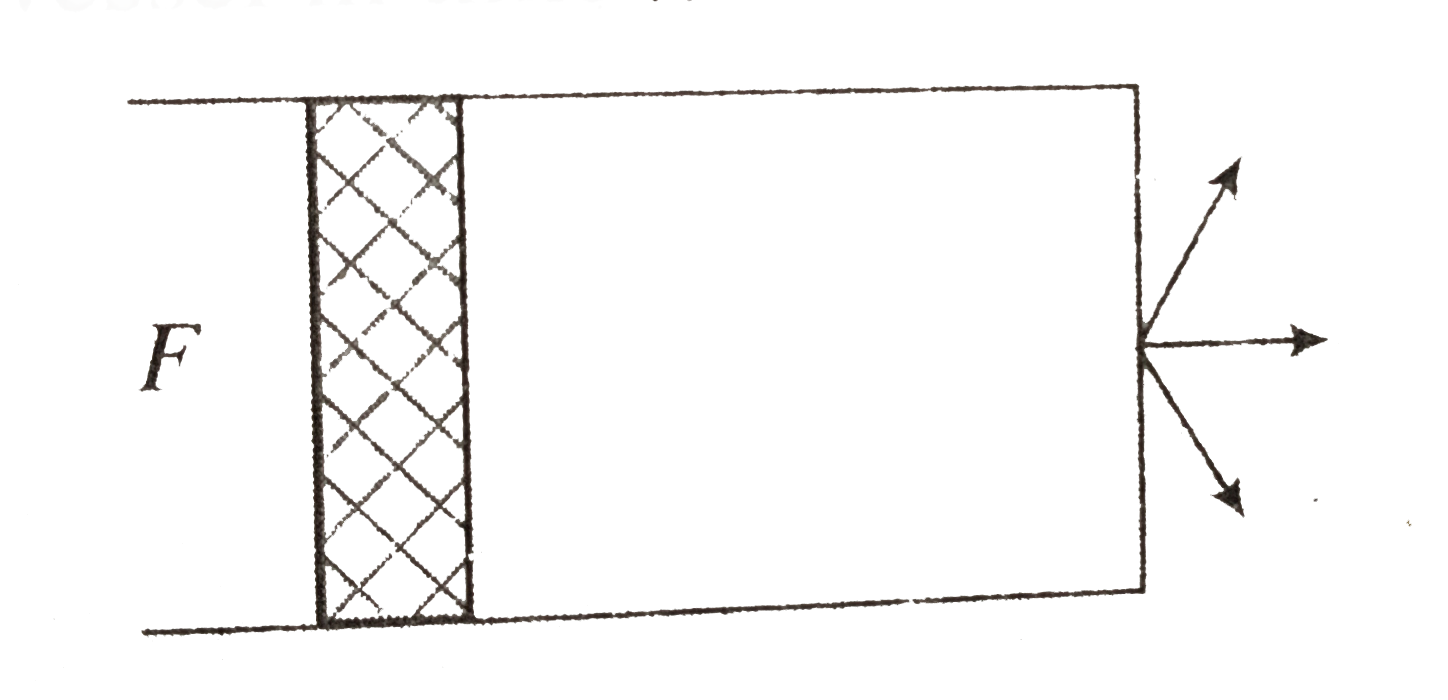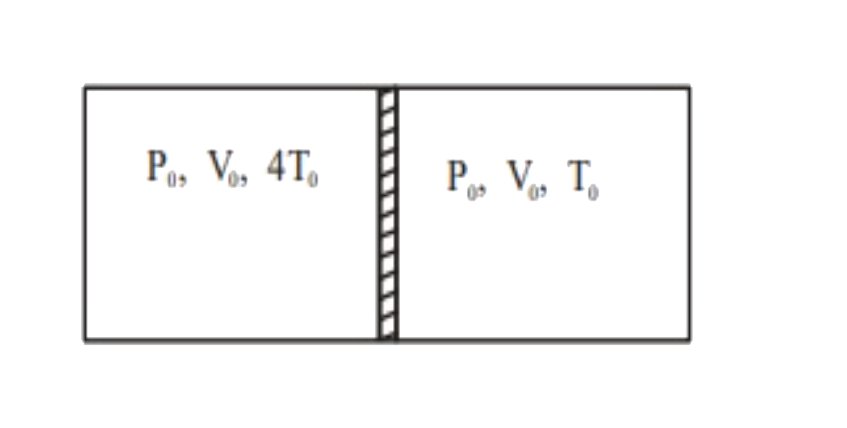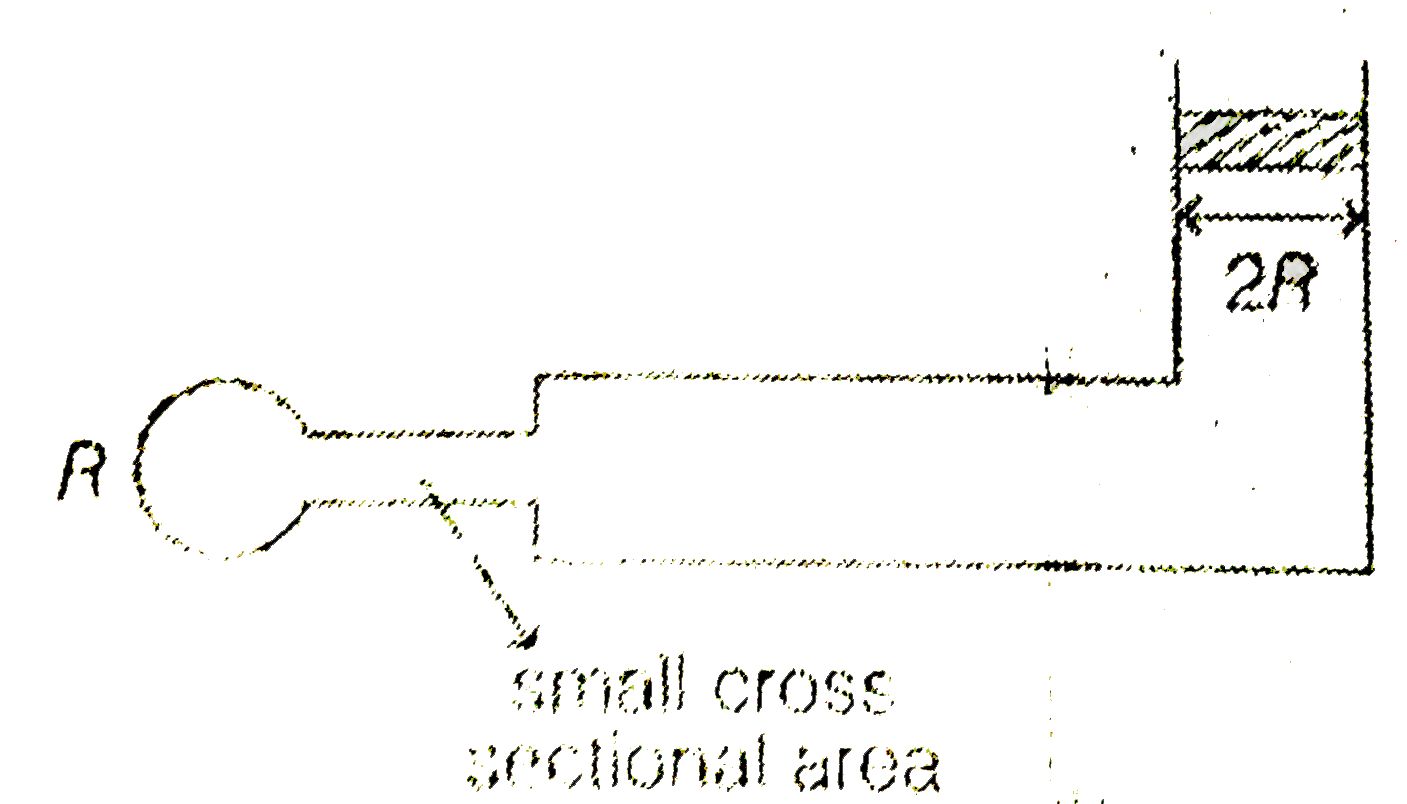When the piston of common water pump is raised its piston valve opens.
Step-by-Step Solution:
1. Understanding the Water Pump Mechanism:
- A common water pump, often referred to as a hand pump, consists of a piston that moves up and down within a cylinder. The pump is designed to draw water from a well or reservoir.
2. Piston Movement:
- When the piston is raised (pulled upwards), it creates a vacuum or low-pressure area inside the cylinder. This is because the volume inside the cylinder increases as the piston moves up.
3. Valve Functionality:
- The water pump has a valve located at the bottom of the cylinder. This valve is designed to open when there is a pressure difference. When the piston is raised, the pressure inside the cylinder drops, causing the valve to open.
4. Water Entry:
- As the valve opens, water from the reservoir or well enters the cylinder through the valve. This movement of water occurs because the atmospheric pressure outside the pump is greater than the pressure inside the cylinder.
5. Completing the Cycle:
- Once the piston is pushed back down, the valve closes, trapping the water inside the cylinder. This allows the water to be pushed out of the pump through an outlet when the piston is pushed down again.
Conclusion:
- Therefore, the statement that "when the piston of the common water pump is raised, its piston valve opens" is true. The mechanism of pressure difference created by the movement of the piston is what allows the valve to function properly.
---
- A common water pump, often referred to as a hand pump, consists of a piston that moves up and down within a cylinder. The pump is designed to draw water from a well or reservoir.
- When the piston is raised (pulled upwards), it creates a vacuum or low-pressure area inside the cylinder. This is because the volume inside the cylinder increases as the piston moves up.
- The water pump has a valve located at the bottom of the cylinder. This valve is designed to open when there is a pressure difference. When the piston is raised, the pressure inside the cylinder drops, causing the valve to open.
- As the valve opens, water from the reservoir or well enters the cylinder through the valve. This movement of water occurs because the atmospheric pressure outside the pump is greater than the pressure inside the cylinder.
- Once the piston is pushed back down, the valve closes, trapping the water inside the cylinder. This allows the water to be pushed out of the pump through an outlet when the piston is pushed down again.
- Therefore, the statement that "when the piston of the common water pump is raised, its piston valve opens" is true. The mechanism of pressure difference created by the movement of the piston is what allows the valve to function properly.
Topper's Solved these Questions
- FORCE AND PRESSURE BOOK - ICSECHAPTER - FORCE AND PRESSURE EXERCISE - EXERCISE 3.3 (WRITE TRUE OR FALSE)
5 Videos
- FORCE AND PRESSURE BOOK - ICSECHAPTER - FORCE AND PRESSURE EXERCISE - EXERCISE 3.3 (TRUE THE MOST APPROPRITATE ANSWER)
4 Videos
- FORCE AND PRESSURE BOOK - ICSECHAPTER - FORCE AND PRESSURE EXERCISE - EXERCISE 3.3 (FILL IN THE BLANK)
5 Videos
- ENERGYBOOK - ICSECHAPTER - ENERGYEXERCISE - THEME ASSIGNMENT
4 Videos
- HEAT TRANSFER BOOK - ICSECHAPTER - HEAT TRANSFER EXERCISE - Picture Study
2 Videos
Similar Questions
When the piston of common water pump is lowered its foot valve opens.
View SolutionWhen common salt is dissolved in water
View SolutionA horizontal cylinder of length l contains water. On the left a constant force F is applied on the piston and on the right there is a small hole of area a. What is the velocity of the piston? Hence, calculate the work done in emptying the vessel in time t. brgt
 given area of cylinder is A
given area of cylinder is A
View SolutionA cylindrical adiabatic container of total volume 2V0 divided into two equal parts by a conducting piston which is free to move as shown in figure. Each part containing identical gas at pressure P0. Initially temperature of left and right part is 4T0andT0 respectively. An external force is applied on the piston of area 'A' to keep the piston at rest. The value of external force required when thermal equilibrium is reached is.

View SolutionA cylindrical adiabatic container of total volume 2V0 divided into two equal parts by a conducting piston which is free to move as shown in figure. Each part containing identical gas at pressure P0. Initially temperature of left and right part is 4T0andT0 respectively. An external force is applied on the piston of area 'A' to keep the piston at rest. The value of external force required when thermal equilibrium is reached is.

View SolutionA cylinder containing an ideal gas ( see figure ) and closed by a movable pistong is submerged in an ice- water mixture. The pistone is quickly pushed down from position (1) to position (2)( process AB). The piston is held at position (2) until the gas is again at 0∘C ( processs BC). Then the pistone is slowly raised back to position (1) ( process CA)

Which of the following P−V diagram will correctly represent the processes AB,BC and CA and the cycle ABCA?
View SolutionA cylinder containing an ideal gas ( see figure ) and closed by a movable pistong is submerged in an ice- water mixture. The pistone is quickly pushed down from position (1) to position (2)( process AB). The piston is held at position (2) until the gas is again at 0∘C ( processs BC). Then the pistone is slowly raised back to position (1) ( process CA)

Which of the following P−V diagram will correctly represent the processes AB,BC and CA and the cycle ABCA?
View SolutionSoap bubble of radius R is blown at one end of a pipe of circular of circular cross-section of radius R as shown in diagram. On the vertical portion of pipe, there is a piston of mass m. T is surface tension of liquid.

If piston is slightly displaced in downward direction, then its acceleration when radius of bubble grows to 2R is
View SolutionOne mole of a gas is put under a weightless piston of a vertical cylinder at temperature T. The space over the piston opens into atmosphere. Initially, piston was in equilibrium. How much work should be performed by some external force to increase isothermally the volume under the piston to twice the volume? (Neglect friction of piston).
View SolutionTwo syringes of different cross-sections (without needles) filled with water are connected with a tightly fitted rubber tube filled with water. Diameters of the smaller piston and larger piston are 1.0cm and 3.0 cm respectively.
(a) Find the force on the larger piston when a force of 10N is applied to the smaller piston.
(b) The smaller piston is paused in through 6.0 cm, much does the larger piston move out?
View Solution
